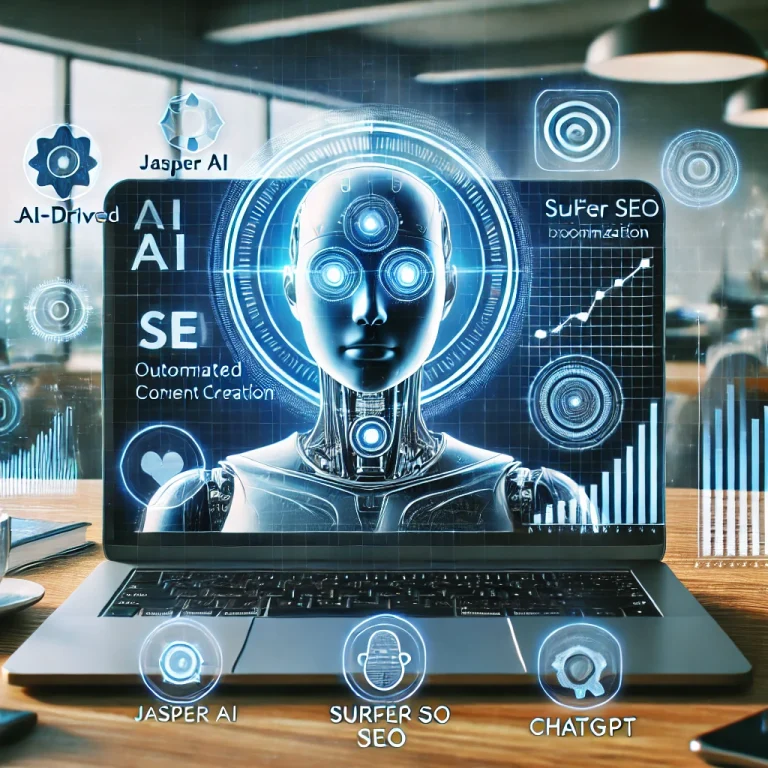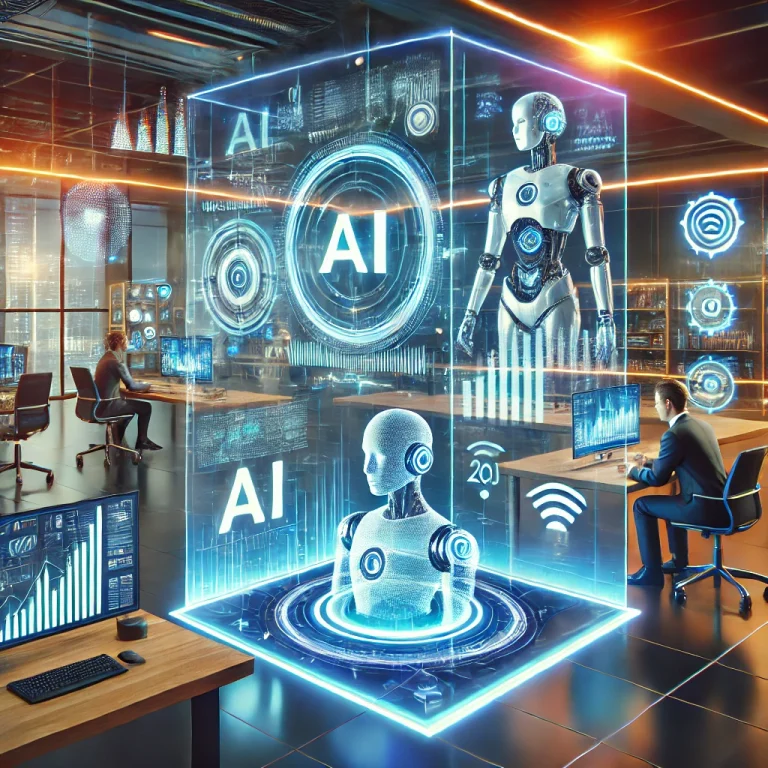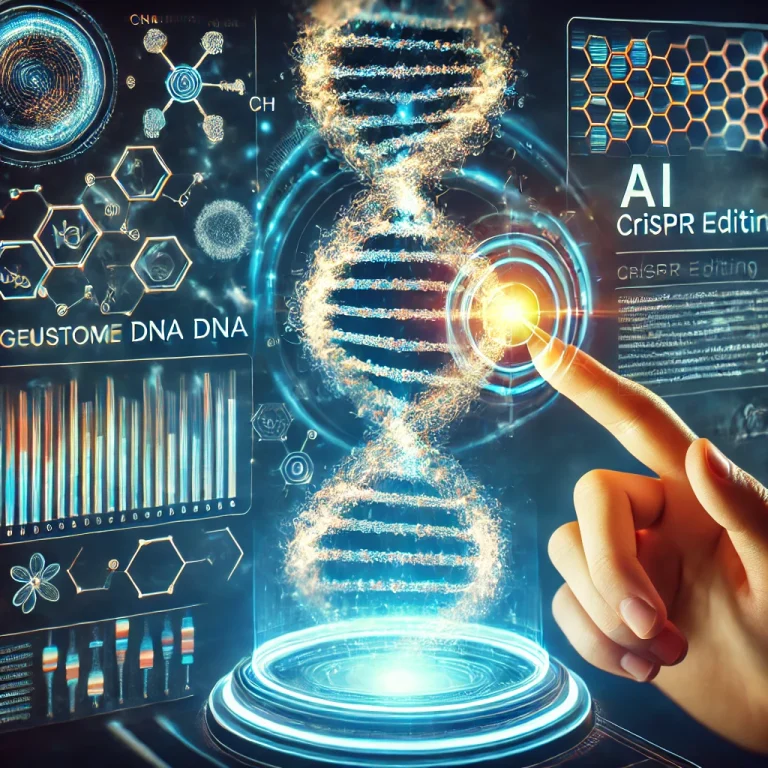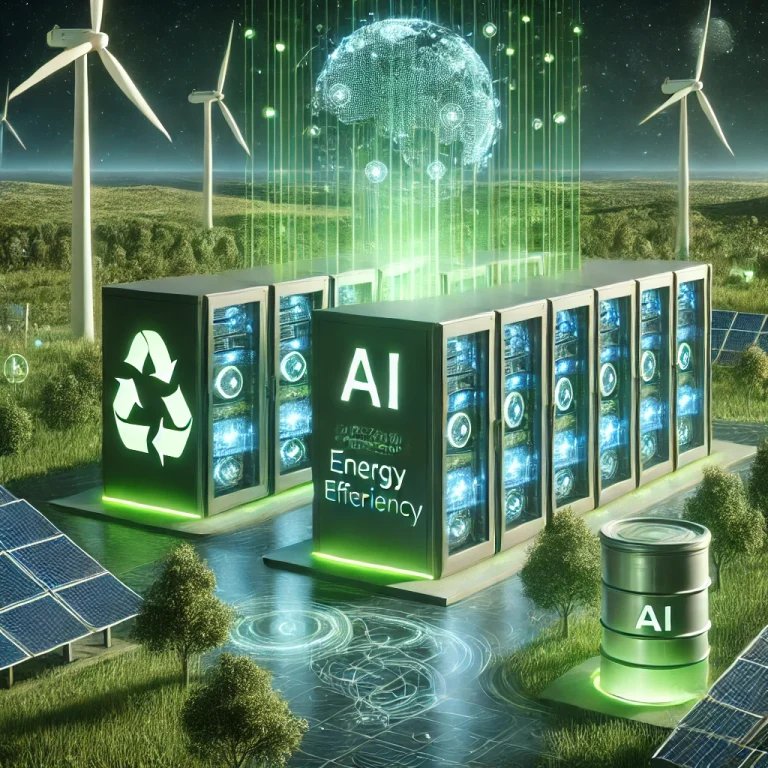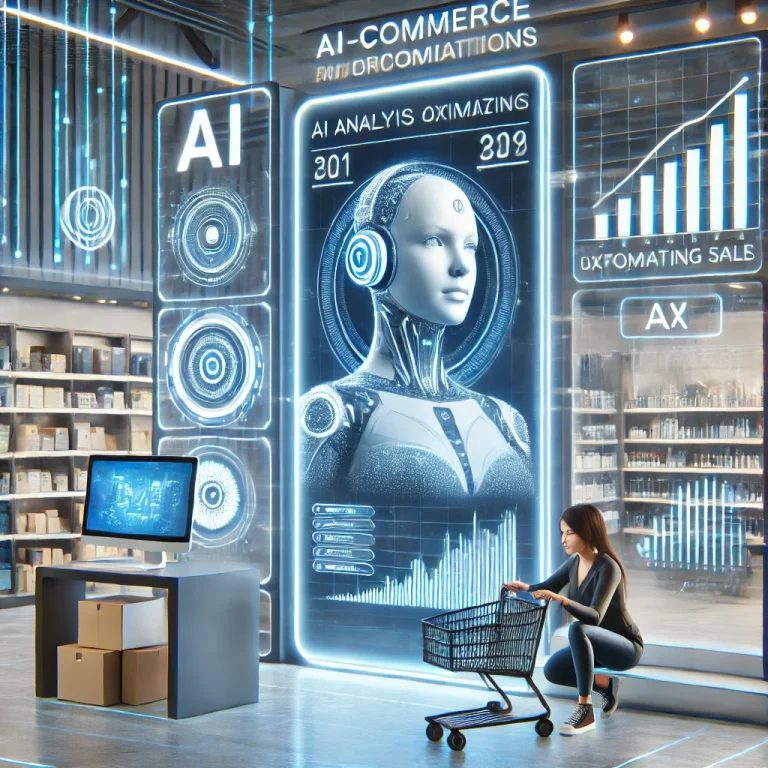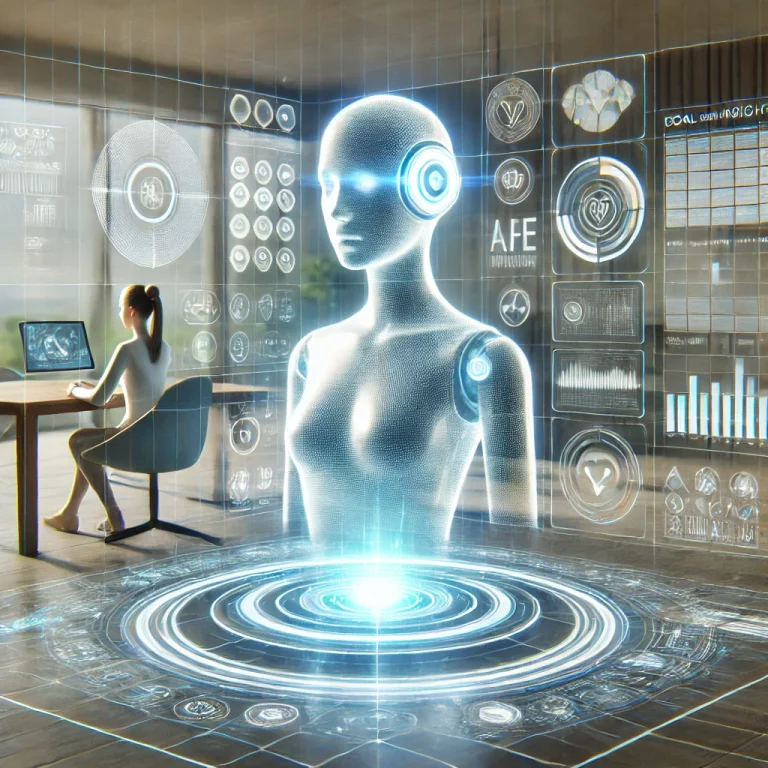AI in Space Exploration: The Future of AI-Driven Space Missions
Introduction
Artificial Intelligence (AI) is revolutionizing space exploration, pushing the boundaries of what is possible beyond Earth. From autonomous rovers on Mars to AI-driven satellites monitoring space debris, AI plays a crucial role in enhancing efficiency, reducing risks, and accelerating discoveries in the cosmos.
As space agencies like NASA, ESA, and private companies like SpaceX and Blue Origin invest in AI-driven technologies, the future of space missions will rely more on smart, self-learning systems capable of operating in extreme environments. But how exactly is AI transforming space exploration? And what can we expect in the future?
How AI is Transforming Space Exploration
AI is being used in multiple areas of space research and exploration, from mission planning to real-time data analysis. Below are some key areas where AI is making a significant impact.
1. AI-Powered Autonomous Spacecraft & Rovers
AI enables spacecraft and planetary rovers to make real-time decisions without human intervention, crucial for deep-space missions. ✅ Mars Rovers (Perseverance & Curiosity) – Use AI for terrain navigation and scientific discovery.
✅ NASA’s Autonomous Navigation (AutoNav) – Allows rovers to explore Mars without waiting for Earth-based commands.
✅ Upcoming AI-Powered Missions – Future Lunar and Europa landers will rely on AI for real-time adaptations.
🚀 Example: NASA’s Perseverance rover uses AI to autonomously avoid obstacles and select rock samples for analysis.
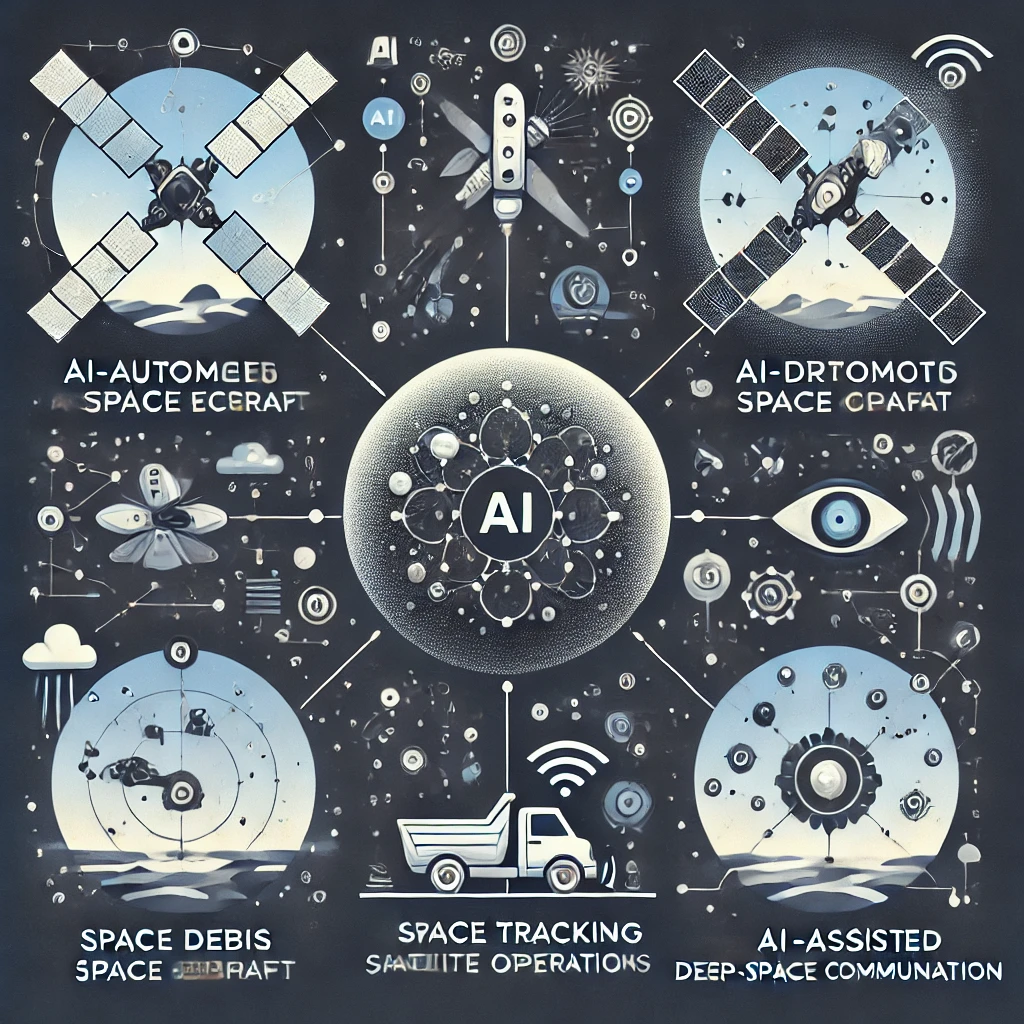
2. AI for Space Data Analysis & Discovery
The universe produces massive amounts of data from telescopes, satellites, and sensors. AI helps process and analyze this data efficiently. ✅ AI in Astronomy – Helps in exoplanet detection and mapping galaxies.
✅ AI for Black Hole Studies – Used to enhance images from telescopes like Event Horizon Telescope (EHT).
✅ Deep Learning for Cosmic Exploration – AI assists in identifying patterns in cosmic radiation, nebulae, and star formations.
🚀 Example: AI helped discover over 300 exoplanets by analyzing Kepler Space Telescope data.
3. AI in Satellite Operations & Space Traffic Management
With thousands of satellites in orbit, AI plays a crucial role in space traffic management and optimizing satellite efficiency. ✅ Predicting & Avoiding Collisions – AI tracks space debris and adjusts satellite paths.
✅ Optimizing Satellite Performance – AI adjusts satellite functions for better Earth observation and communication.
✅ Smart Satellite Networks – AI enhances 5G space-based internet services.
🚀 Example: LeoLabs uses AI to track satellites and space debris, reducing the risk of collisions.
4. AI & Robotics in Space Construction & Maintenance
AI-powered robots will soon help build and maintain space stations and planetary bases. ✅ Robotic Arms in Space (Canadarm2 & Dextre) – Used for space station repairs and satellite deployment.
✅ AI in Lunar Base Construction – AI-powered 3D printing robots may build moon and Mars colonies.
✅ Space Mining AI – AI is being developed to extract water and minerals from asteroids.
🚀 Example: NASA’s RASSOR Robot is designed for lunar and Martian excavation.
5. AI in Deep Space Communication
AI improves space communication by reducing signal delays and enhancing real-time decision-making. ✅ NASA’s Deep Space Network (DSN) – Uses AI for faster data transmission and signal processing.
✅ AI-Powered Interplanetary Internet – AI will help create faster, more reliable space networks.
✅ Self-Correcting AI Communication Systems – AI can adjust transmission frequencies for efficient space-to-Earth signals.
🚀 Example: AI is being integrated into NASA’s Artemis program to improve Earth-Moon communications.
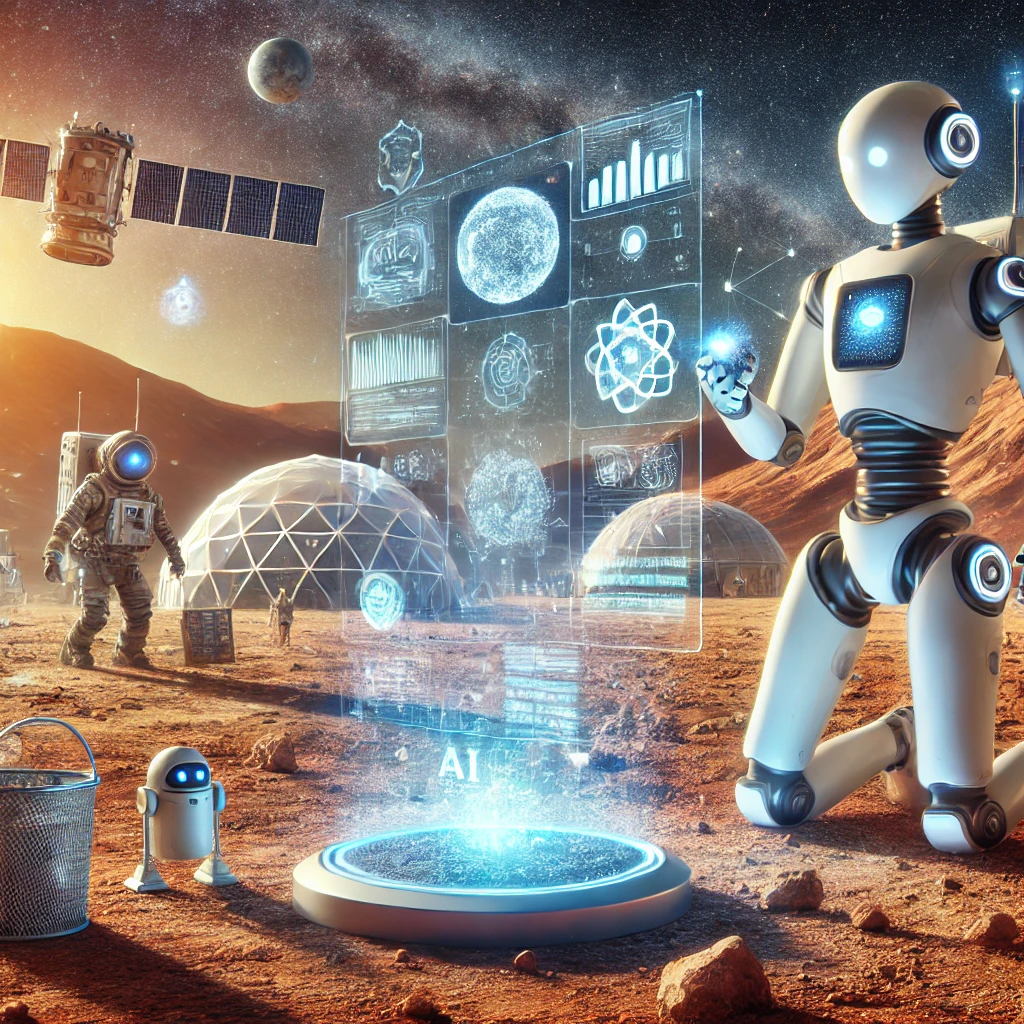
The Future of AI-Driven Space Exploration
The next generation of space missions will rely even more on AI-driven autonomy and decision-making. Here’s what the future holds:
✅ AI-Powered Missions to Jupiter & Beyond
AI will assist in deep-space missions like Europa Clipper and missions to Saturn’s moon Titan.
✅ Fully Autonomous AI Astronaut Assistants
AI-driven humanoid robots may soon assist astronauts in space stations and planetary bases.
✅ AI-Driven Terraforming & Space Colonization
AI will help analyze planetary environments for potential human colonization and resource utilization.
✅ AI in Extraterrestrial Life Detection
AI will enhance the search for biosignatures on exoplanets and potential alien communication.
🚀 Example: AI is already being used in the Breakthrough Listen Initiative to scan space for possible extraterrestrial signals.
Challenges & Risks of AI in Space
While AI offers enormous potential, it also comes with challenges:
❌ Autonomy Risks
🚫 Overreliance on AI could lead to system failures in critical space missions.
❌ Cybersecurity Concerns
🚫 AI-powered space systems are vulnerable to hacking and space-based cyber threats.
❌ Ethical & Decision-Making Issues
🚫 AI lacks human intuition and ethical reasoning, which can be crucial in space crisis situations.
Conclusion: AI & The Next Era of Space Exploration
AI is revolutionizing space travel, making missions more autonomous, efficient, and data-driven. From autonomous rovers and AI-powered satellites to deep-space communication and robotic astronauts, AI is unlocking new frontiers in space.

